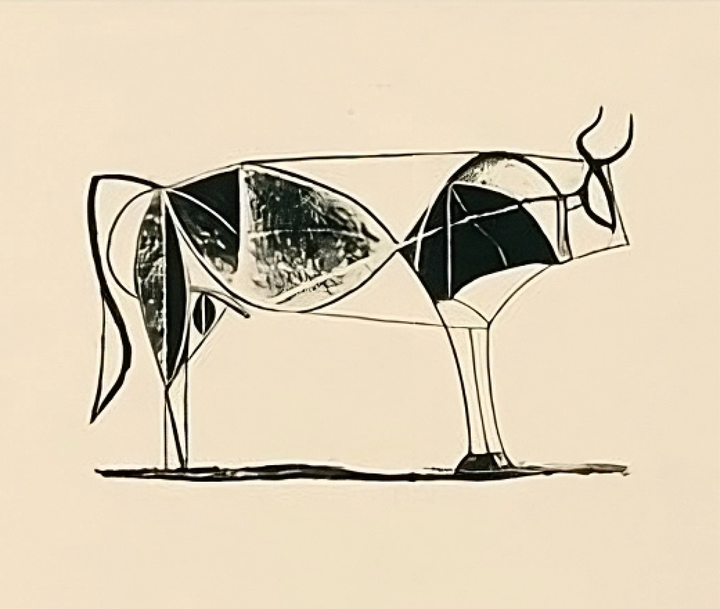THE TOP REVOLUTION
The benefits of topping are many, and it's not hard to see why. First, it offers the opportunity to create tens of thousands of new homes at existing locations. This is done without having to demolish the existing buildings, but by recycling them, as it were. This process makes it possible to reuse scarce building materials and provides significant energy savings. In addition, the residents of the buildings do not have to leave their homes or only temporarily while the topping is being completed: the structure is often manufactured in a prefabricated factory and can then be installed on top of the existing building within a few days, without much inconvenience to residents.
Another important advantage is that a roof structure must be light, which leads to the use of materials such as wood or other bio-based alternatives. This not only contributes to saving energy, but also to storing CO2 in the long term. Perhaps the biggest environmental benefit of topping is that it saves green areas. This is not only crucial for biodiversity, but also for water management: less pavement means more space for nature to absorb rainwater effectively.
There is also a financial advantage for privately-owned apartment complexes: the proceeds from the newly built homes benefit the community. This income can then be reinvested in making existing real estate more sustainable, for example by installing insulation or providing the building with heat pumps and solar panels. This increases the value of the existing apartments while reducing energy consumption and associated costs (Den Butter, 2023, para. 3)






























































